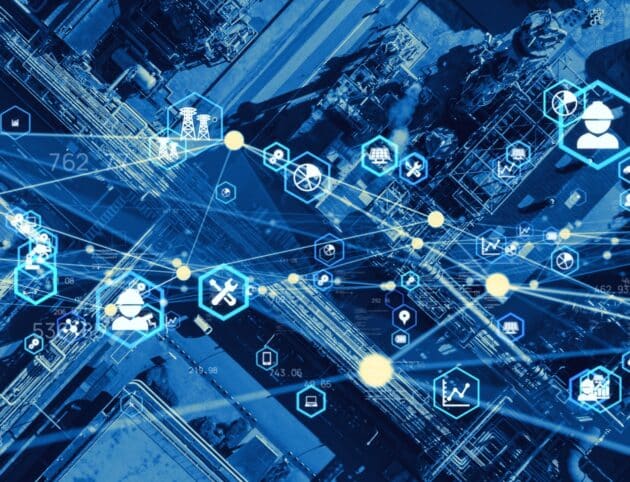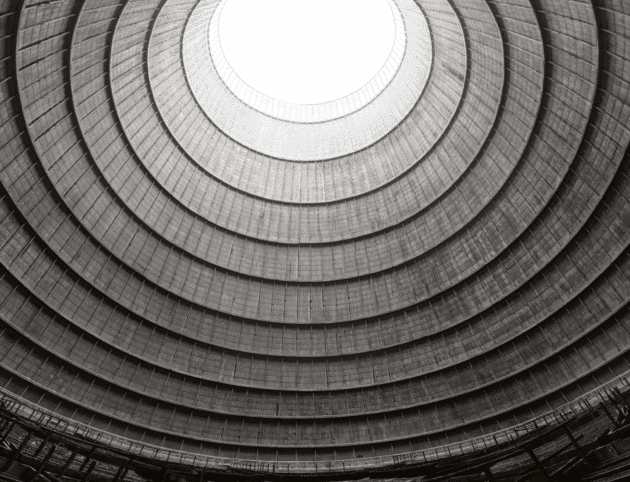DICE Network+ takes a deep dive into data centres
4 August 2025
As the digital economy accelerates so does data processing and storage demands, data centres have become the silent engines powering everything from smart cities to AI-driven services. However, their environmental footprint is substantial, consuming vast amounts of energy, while generating heat, and relying on resource-intensive hardware.

Energy consumption
Consider the energy impact: data centres accounted for about 1.5% of the world's total electricity consumption in 2024 (416 TWh). This is projected to more than double by 2030 (to 1193 TWh), growing at 15% annually. To put this in perspective, that's over four times faster than the combined electricity consumption growth for all other energy-intensive goods like aluminium, steel, cement, and chemicals, or enough to power 2 million households. While their share of overall mineral demand (like copper and silicon) is currently smaller, the concentration of critical mineral supply in just a few countries creates significant supply chain vulnerabilities.

Grid congestion
Within Europe, which makes up 15% of global data centre energy consumption, the UK faces unique challenges. The high concentration of data centres, particularly in West London, is causing physical grid congestion. This escalating demand has led to considerable connection queues for new data centres across Great Britain, reportedly ranging from 5 to 7 years. This highlights a critical bottleneck in infrastructure readiness and underscores the urgent need for proactive grid planning. That is why we’re turning our focus to this critical infrastructure.

Material demand
Data centres are not just technical assets; they are material ecosystems. Servers, cooling systems, and storage devices all have lifecycles that involve extraction, manufacturing, use, and disposal. Embedding circular economy principles into this space means rethinking how we design, operate, and decommission these systems.
To explore circularity in data infrastructure, we’re looking at these three core areas:
Embed circularity from the outset: designing modular, repairable, and upgradable systems.
Enable reuse and repurposing: through data centre sharing, hardware recovery, and innovative business models.
Collaborate across sectors: bringing together technologists, policymakers, and academics to solve these pressing issues.

Share your knowledge
As we look to expand our reach through workshops, knowledge sharing, and collaboration, we invite you to get involved.
If you’re working in data infrastructure, circular business models, or digital innovation, we want to hear from you. We’re planning activities to explore practical pathways for embedding circular economy principles into data centres and storage systems.
Get in touch to join the conversation and help shape a more sustainable, circular digital future.
Contact Us >
